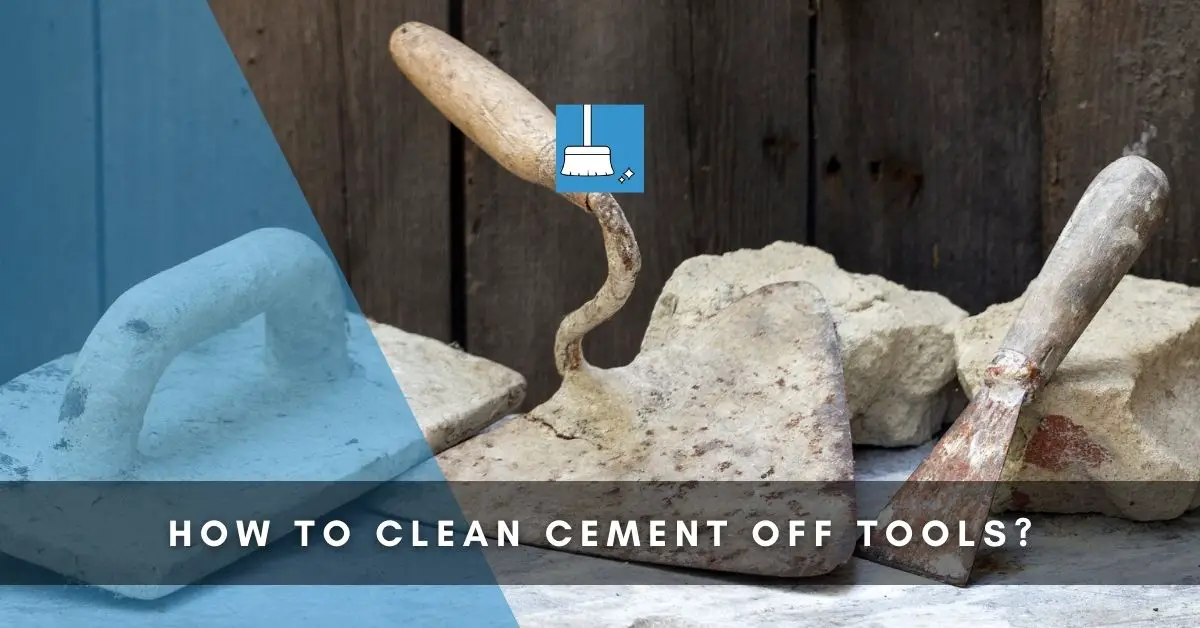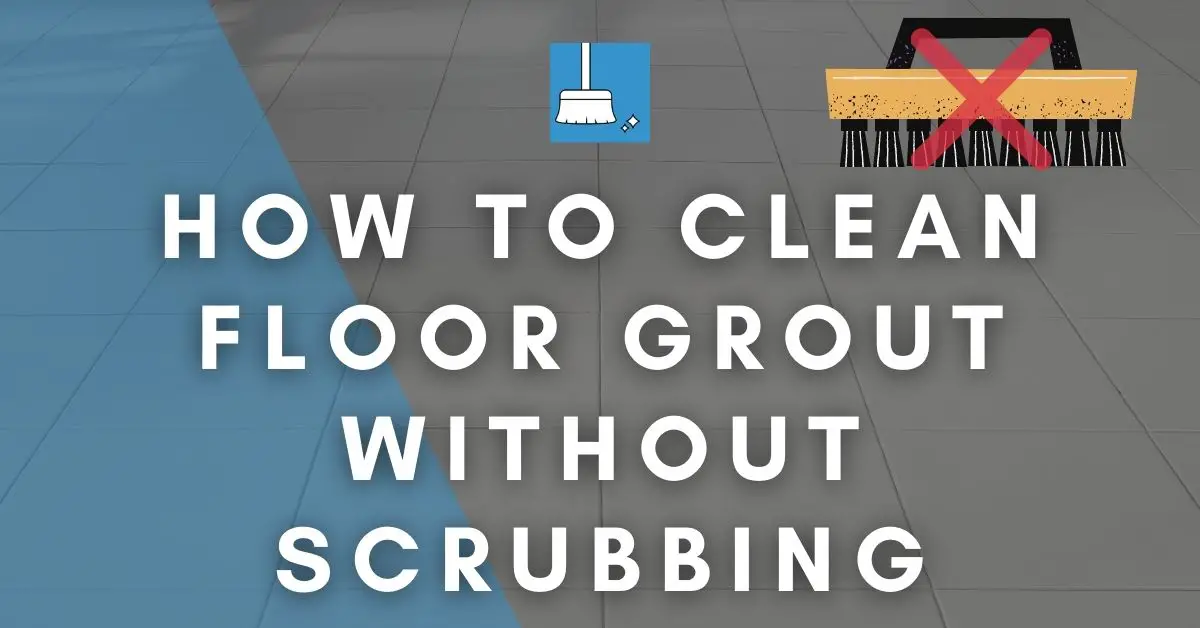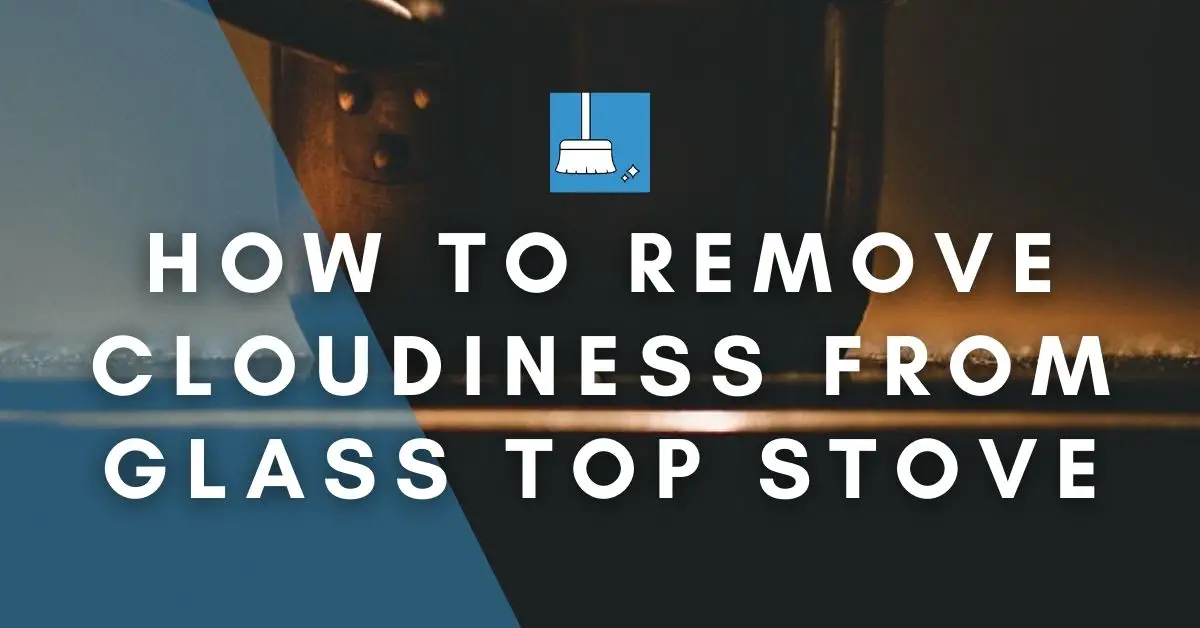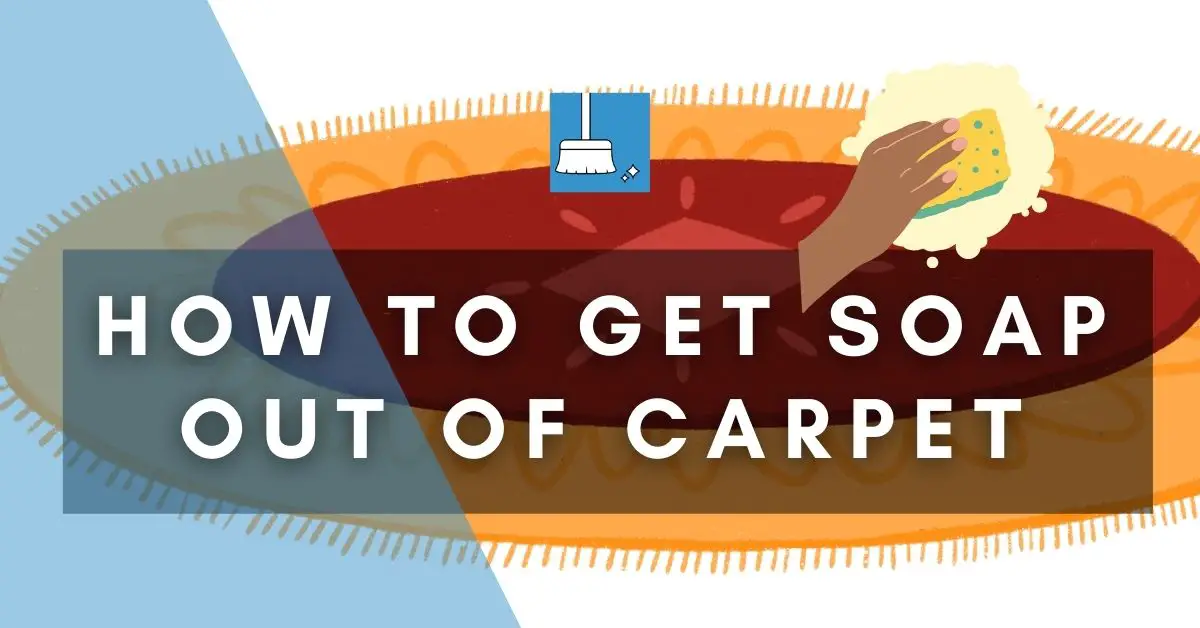If you work with cement, cleaning your tools can be a headache, especially if you don’t do it immediately after the job is done and the cement gets hardened.
Whether it is your trowel, float, or chisel that got all wrapped up with cement, we have compiled effective ways of cleaning cement off those tools, without leaving a trace behind.
The materials used here are easily available.
How to Clean Cement off Tools?
If the cement is still wet, then getting it off those masonry tools is quite easy but it takes a few steps to get hardened cement off your tools. We’ll see the ways to remove wet cement as well as dried cement/mortar from your tools.
Removing Wet Cement from Tools
Getting rid of cement from tools while it is still wet is the wisest thing to do because the cement is yet to cure and hasn’t bonded to the tools. You don’t even need soap.
All you need is clean water and a soft brush. Just brush down the wet cement while at the same time rinsing it under running water. You can even hose the tools down and be done with it.
If you want to be more thorough, use the brush to scrub the tools lightly before hosing them down. Your tools would look like new.
Always, remove cement from your hands and skin as it can cause damage due to its alkalinity and abrasiveness if left on skin for too long.
Removing Hardened Cement from Tools
Method 1: Removing Hardened Cement with Vinegar & Wire Brush
This method is inexpensive and does not require much strength. It is also preferred because the tools being cleaned are protected from physical damage as long as you follow these steps carefully.
YOU’LL NEED
1- White vinegar
2- A Large bowl
3- Water
4- Wire brush
STEPS
STEP 1: Put the tools you want to clean in a bowl large enough for them. You are going to be soaking these tools so make sure the bowl has enough space.
STEP 2: Pour white vinegar into the bowl until the tools are immersed. You want to make sure every part covered with the cement is inside the vinegar so pour it generously.
You will notice the vinegar bubbling as it comes in contact with the cement. Don’t worry about it, your tools are safe and you are in no danger from toxic fumes.
STEP 3: Allow the tools to sit in the white vinegar overnight. As the vinegar bubbles, be assured that it is working.
The hardened cement will begin to break down and fall off into the bowl. It will start to lose its hold on the tools.
STEP 4: After letting it sit, take out the tools and scrape the remaining cement off. The cement that hasn’t come off will be so soft it’ll come off easily with the scraper.
As you scrape, dip the tools back into the vinegar to monitor your progress and track the next part to scrape.
STEP 5: After scraping, use a wire brush to go over the tools. This will ensure their surfaces are smoothened.
STEP 6: Rinse your tools with water and dry them in the sun. You don’t want to store them while they are still wet as they can get rusted.
Method 2: Removing Hardened Cement with an Angle Grinder, Sandpaper, & Soap
Angle grinders are great tools for sanding, polishing, and cutting. This great tool also comes in handy when you have hardened cement on your tools.
You can use an angle grinder to cut through the hardened cement and grind it down to a powder. It begins to fall off your tools.
This is a powerful tool so be careful when using it and ensure it has a wheel brake system. Also, ensure the wheels rotate well.
YOU’LL NEED
1- Angle grinder
2- Sandpaper
3- Water
4- Soap
5- Gloves
6- Face shield / Goggles
7- Earplugs
8- Dust mask
STEPS
STEP 1: Protect yourself. As the grinder cuts through the hardened cement, there will be flying debris. This can get into your eyes. The grinder sends off sparks too.
The parts of the tool can also come flying off. So you should always put on a face shield. If you can’t, use goggles.
A dust mask and earplugs are also necessary. The machine tends to be very loud. Don’t forget to put on your gloves and wear long sleeves.
STEP 2: After setting up the angle grinder, plug it in and turn it on. Use it at low rpm. Ensure the wheel comes at full speed before setting it to work.
STEP 3: Put it on the hardened cement and rotate. Don’t stick it in one spot. You want to move it around constantly to do the job and make sure the wheel of the grinder is facing away from you.
STEP 4: Keep turning the angle grinder off in between to check your progress and repeat the process where necessary. When you turn it off, ensure the wheel has stopped rolling before putting it down.
STEP 5: When the big lumps of hardened cement have fallen off and your tools look clean, turn off the angle grinder.
STEP 6: Use sandpaper to sand the remaining bits of cement still clinging to the tool until it is smooth.
STEP 7: Pour some dish soap into a bowl of water and use this solution to wash the tools (with a sponge) to get the dust entirely off, and get the tools further clean. Then sun-dry them.
Method 3: Removing Hardened Cement with Concrete Dissolvers
Concrete dissolvers are great for removing hardened cement from any kind of surface, including metals. They are easy to use and come with instructions to guide you. They also come in different-sized packages.
YOU’LL NEED
1- Concrete dissolver
2- Gloves
3- Face shield
4- Dust mask
5- Rubber brush
6- Water
STEPS
NOTE: If you are going to be cleaning your tools on a concrete surface, wet the concrete with a lot of water so that the concrete dissolver won't damage it. Do not however wet your tools. They need to be dry for the concrete dissolver to work.
STEP 1: Put on your face shield, dust mask, and gloves to protect your skin and eyes.
STEP 2: After getting any concrete dissolver of your choice, pour it on the tools generously. The tools should be soaked in it.
Ensure the dissolver doesn’t get dry on the tools else the hardened cement will remain hard and your efforts would be wasted.
STEP 3: After pouring the concrete dissolver on the tools, the areas with the hardened cement will begin to foam and disintegrate.
STEP 4: Depending on how hard the cement you want to remove is, allow the concrete dissolver to sit between 15 and 30 minutes on the tools.
This will allow the bond between the cement and sand to get destroyed leaving behind a soft mush.
STEP 5: Take a rubber brush and go over the tools repeatedly until they are clean. If necessary put some more dissolver.
STEP 6: Rinse with water thoroughly to get rid of all concrete dissolver and cement residue. Then air-dry it to remove moisture and keep it from rusting.
Method 4: Removing Hardened Cement with Muriatic Acid
This strong acid (with a pungent smell) works well at getting rid of rust, salt deposits, stubborn stains, etc. Fortunately, it can also be used to dissolve and get rid of hardened cement.
Because this is a strong acid, you have to be extra cautious while using it. It should not touch your skin or be inhaled.
YOU’LL NEED
1- Muriatic acid
2- Water
3- Acid-resistant long rubber gloves
4- Gloves
5- Wire brush
6- Plastic bucket
7- Dust mask
8- Face shield
9- Ammonia
STEPS
STEP 1: Put on your face shield, dust mask, gloves, and long sleeves. Ensure you are well protected (in the event the acid spills). This acid also gives off toxic fumes so keep your mask on.
STEP 2: Dilute muriatic acid into water. 10 parts water to 1 part muriatic acid should be strong enough to dissolve the cement. Get a plastic bucket to do this.
Ensure you pour the water into the bucket first, then pour the acid. Don’t pour water into acid, you won’t like the reaction.
STEP 3: Soak your tools in the bucket or pour the acid on the tools (on the areas you have the hardened cement). There will be an instant reaction that will cause foaming. That is the acid working.
STEP 4: Allow this to continue for about 15 minutes or until you see the hardened cement dissolve.
STEP 5: Take a wire brush and scrub your tools clean. The cement will easily come off and you can rinse the tools with water. Repeat this process if necessary.
STEP 6: When your tools are clean, rinse the tools with ammonia solution to neutralize the acid and protect the surface of the tools. This is important if the tools are made of aluminum.
To make the solution mix 10 parts ammonia with 1 part water.
STEP 7: After rinsing the tools with the solution, follow it up with clean and clear water.
Final Thoughts!
Cement often gets hardened and can be difficult to remove from bricks or tools. Cleaning your tools when the cement has hardened is not fun at all. This is why you should clean your tools immediately after working. This is so easier and pays off in the long run. Your tools last longer and you avoid future stress.
In case the cement has already hardened, just use any of the step-by-step methods explained above and the cement will come right off those tools.





